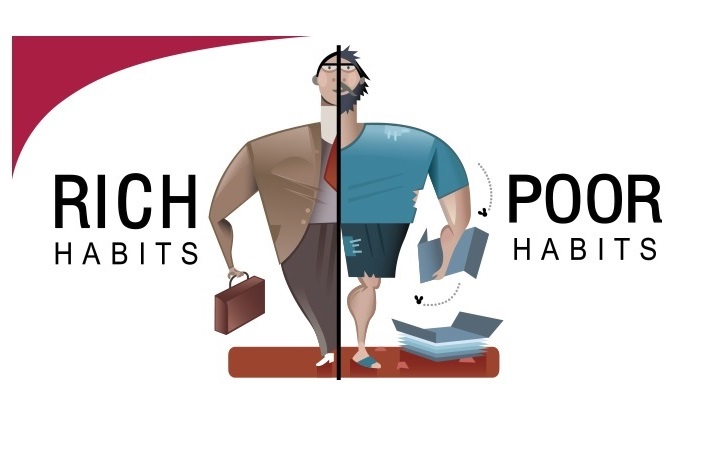
There are two main brain areas that work in unison in the pursuit of goals. They are the Thalamus’s Reticular Activating System and the Prefrontal Cortex.
The Thalamus’s Reticular Activating System (RAS) is the brain’s gateway to the outside world.
Whenever any one of our senses, other than olfactory sense (sense of smell), picks up some external environmental input, that input is filtered through the RAS. The RAS determines if that external data is important or unimportant.
If it is important, the RAS will allow that sensory information to reach the brain’s CEO, the prefrontal cortex (also the seat of consciousness).
If the information is unimportant, the prefrontal is never made aware of it – it never makes its way into our consciousness.
What types of information get passed along along to the prefrontal cortex?
- Anything having to do with your name.
- Anything having to do with family, friends people you know intimately.
- Anything that is deemed a threat.
- Anything that is deemed a top priority – This includes anything related to your job, career, ability to earn an income, health, neighborhood, your finances, your home, possessions
- Anything that is related to any dreams, goals you are pursuing. When you pursue dreams or set goals, the RAS is put on high alert for any environmental information that will help advance your dreams and goals, transforming them into reality.
Any environmental information picked up by your senses, which trips any of the above switches, will be forwarded to your prefrontal cortex for further processing.
This is why it is so important to pursue dreams and set goals.
When you pursue Dreams and set goals, the RAS becomes your personal Private Investigator, relentlessly searching for external environmental information that can help you realize your dreams and goals.
You can see the RAS at work in the form of light bulb, Ah Ha or Eureka moments of many famous historical figures.
Einstein’s theory of Special Relativity came to him while his train was passing a clock tower. Thomas Edison’s Ah Ha moments often came to him immediately after one of his famous cat naps. James Watson’s (one of the duo who discovered DNA’s double helix) came to him in a dream. And Sir Isaac Newton’s came to him after getting hit on the head by an apple that fell from a tree.
These individuals had their Eureka moments because they were pursuing something important and their RAS took notice.
When you pursue dreams and goals, you toggle on your RAS – it starts working, behind the scenes, trying to identify anything in the environment that will help you realize those dreams and goals.

Tom Corley is an accountant, financial planner, public speaker, and author of the books “Effort-Less Wealth: Smart Money Habits At Every Stage of Your Life” and “RichKids: How to Raise Our Children to Be Happy and Successful in Life“. Corley’s work has appeared on CNN, USA Today, The Huffington Post, SUCCESS Magazine, and many other media outlets and podcasts in the U.S. and 27 other countries. Tom is a frequent contributor to Business Insider and CNBC.





Comments